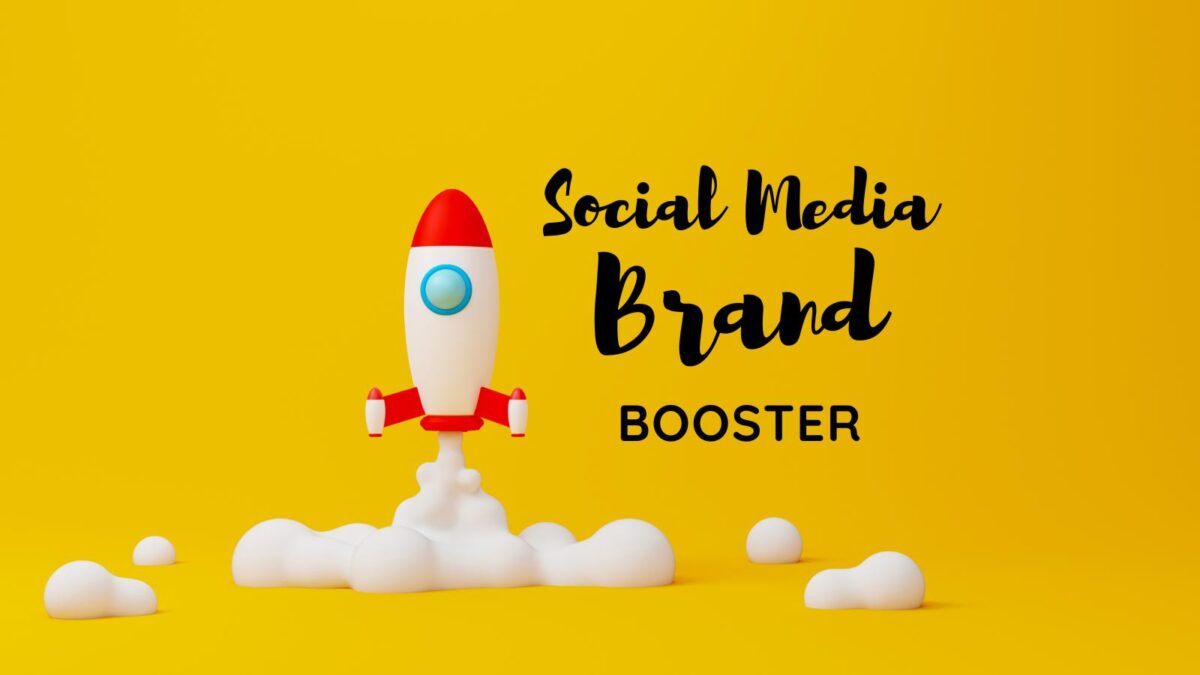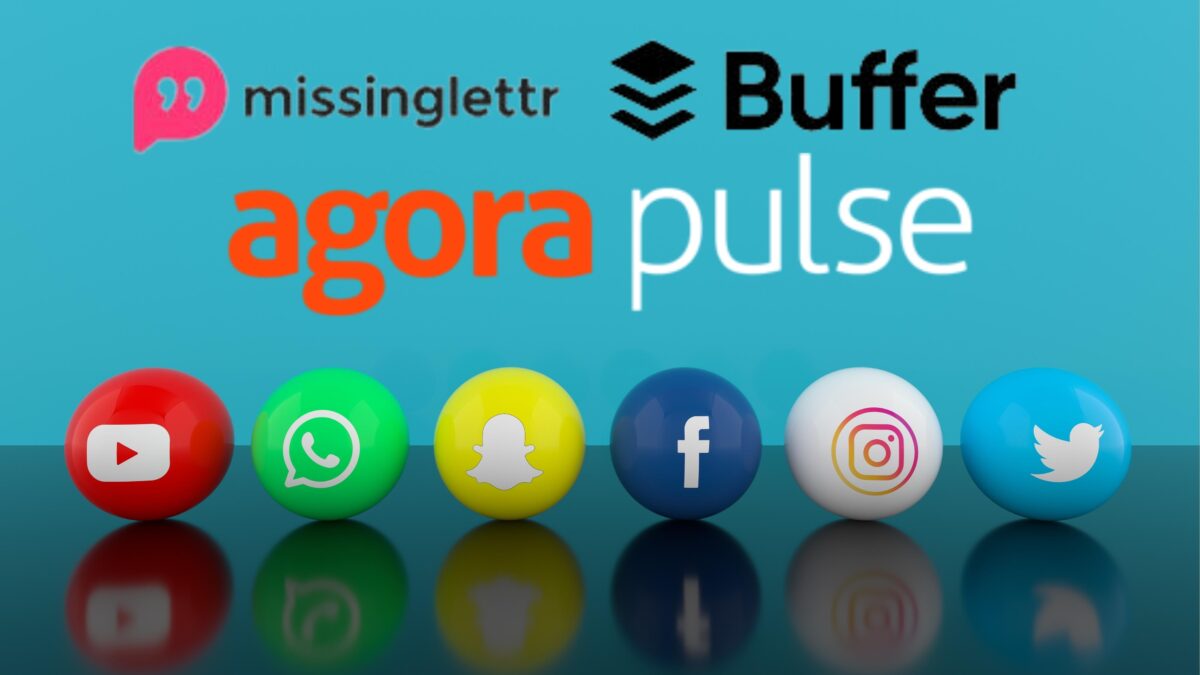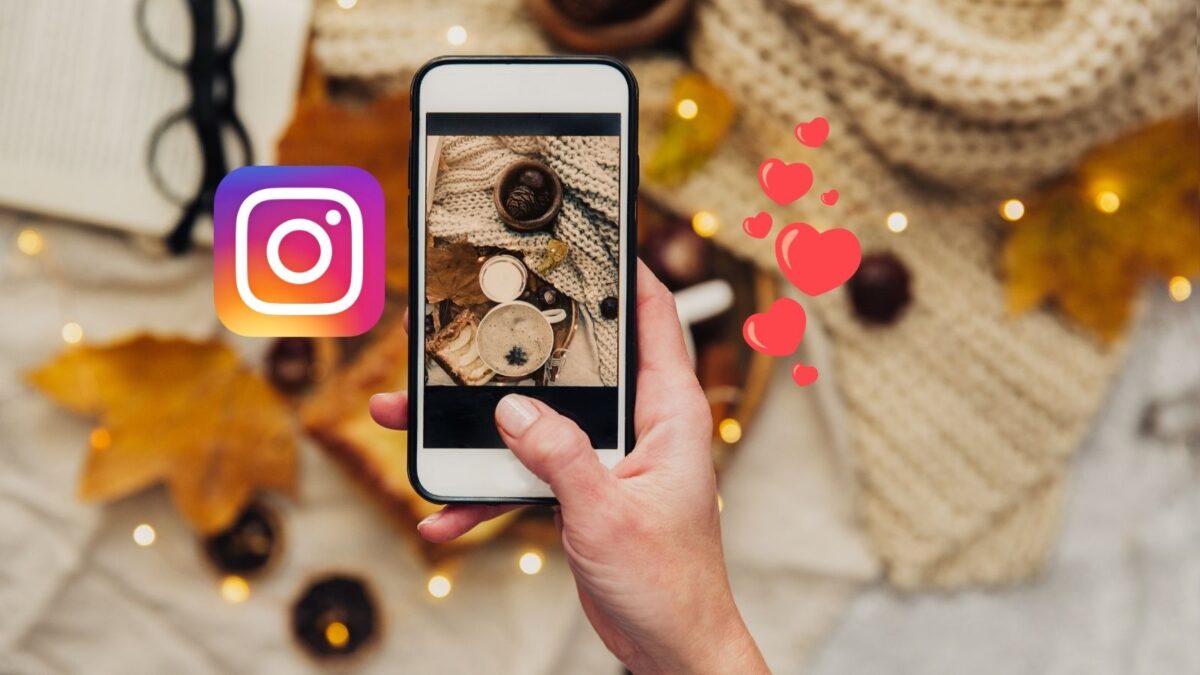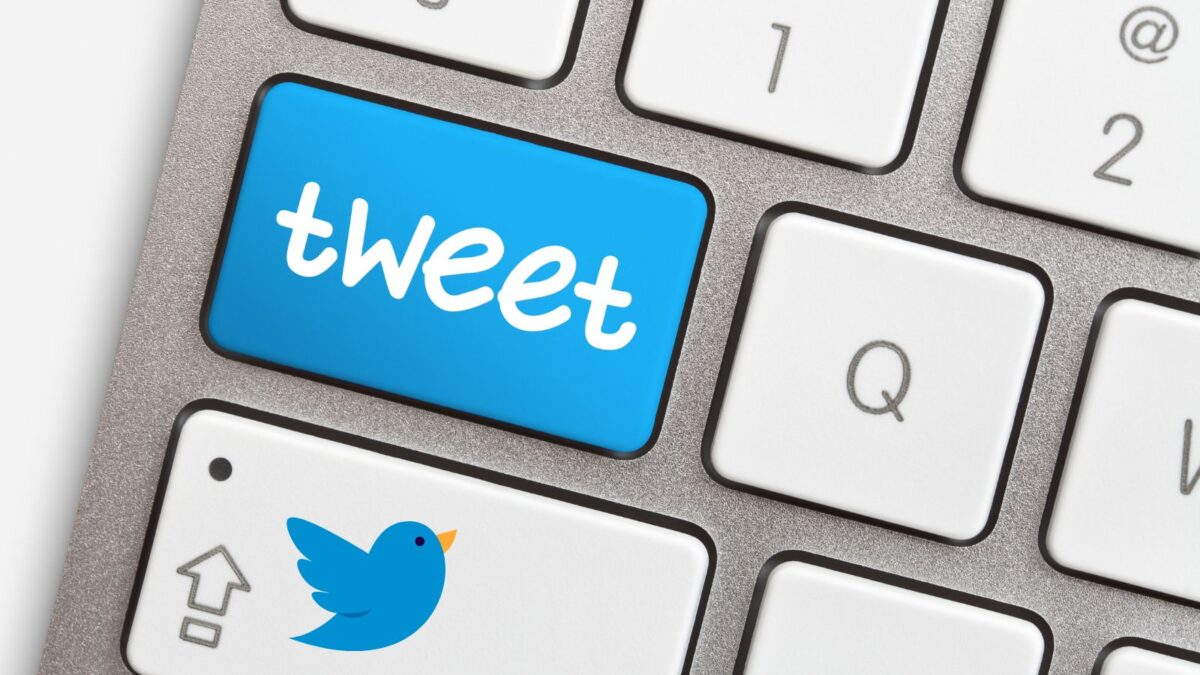Social media isn’t just for chatting anymore. Using social media has found its way into our school’s classrooms as a tool for learning. Many teachers recognize its potential now. And that’s why they are keen to integrate it into their lessons.
When platforms like X Twitter and Instagram, which students are already familiar with, are incorporated into lessons, it can significantly boost their interest.
Furthermore, some platforms have become invaluable for group projects. These include Pinterest and Facebook Groups. They offer students an arena to:
- Share
- collaborate
- discuss.
In addition to fostering collaboration, tools like Twitter provide students with real-time news. This social media allows young people to stay updated with current events.
Another key advantage is the global perspective they introduce. Imagine a classroom in the U.S. having a live chat session with peers in Japan. That’s global learning in action.
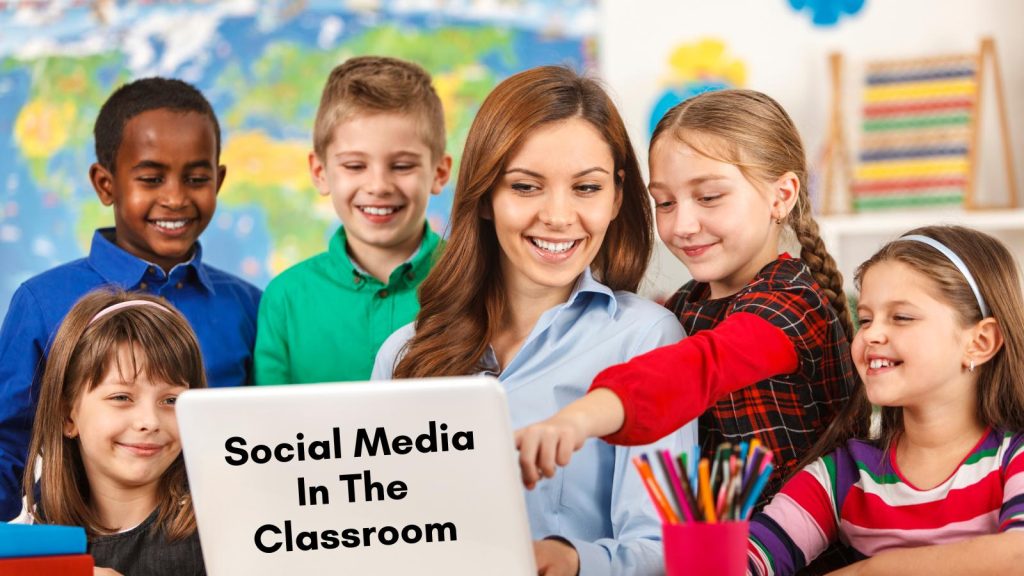
Table of Contents
Incorporating Technology and Online Resources For Enhanced Learning
Speaking of the digital age and its tools, while social media is bridging gaps in education, online writing services are also providing invaluable assistance to students worldwide. Among the multitude of challenges that students encounter is the task of crafting an impeccable research proposal.
This daunting assignment requires not only a profound understanding of the topic. But it also demands the ability to present it comprehensively and persuasively.
Realizing this challenge, many students turn to online platforms. Edubirdie, and similar platforms, specialize in offering research proposal writing help or assistance. These online writing services bring together a pool of experienced professionals. They can guide students in producing top-notch proposals.
By leveraging such platforms, students can ensure their work stands out, reflecting thorough research and clarity.
In essence, just as social media tools have revolutionized classroom interactions, online writing services are reshaping the way students tackle academic challenges. Through the support of these platforms, students can enhance their academic journey, ensuring they always put forth their best work.
Benefits of Social Media Websites in the Classroom
In recent years, the rise of social media has undeniably transformed many aspects of our daily lives. From communication to entertainment, its influence is widespread. But one arena where the impact of social media is still being debated is the educational sector.
Can platforms primarily designed for leisure and networking be integrated into formal learning environments like schools?
Social media sites have initially been perceived as distractions in a school setting. Think about Facebook, Twitter, and Instagram. Students checking their notifications or scrolling through feeds during lectures is a common concern among educators.
However, there’s a growing realization that when used strategically, these platforms can offer several educational benefits.
Teachers are now using platforms like X (formerly Twitter) to share:
- updates
- reminders
- additional learning resources with students.
Educational groups on Facebook offer a place for students to collaborate on projects, discuss lessons, and share resources outside the classroom. Platforms like Pinterest are used for inspiration in subjects like:
- art
- history
- science.
Instagram in the Classroom
Instagram, though primarily visual, can be employed in projects where students document their experiences or even create educational content.
However, with advantages come challenges. Privacy concerns, potential misuse, and the risk of cyberbullying are valid concerns when integrating social media into schooling.
To address these, schools often set guidelines for usage, ensuring a safer online environment for students.
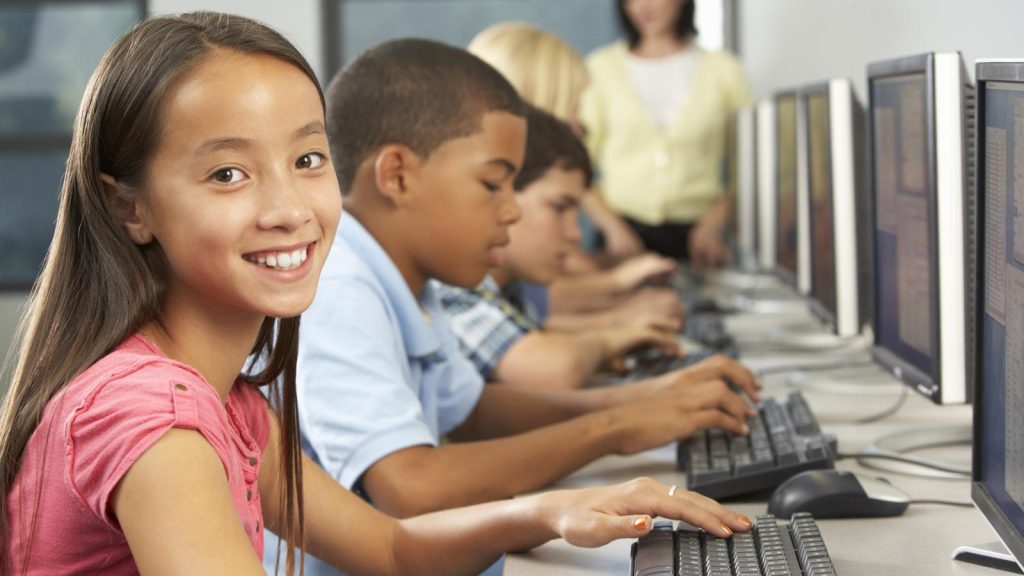
Ways Of Social Media Learning In Classroom
As mentioned before, social media is changing the way students learn. In fact. many platforms can be used for educational purposes. For instance, Reddit offers discussion forums. Here, students can share ideas and ask questions.
Also, Twitter allows for quick reflections. With a simple hashtag, class discussions can be grouped together. And platforms like Pinterest and Instagram enable collaborative work. There students can share projects and get feedback.
What’s more, YouTube and Vimeo have many educational videos. Teachers can freely share their lectures on these platforms. Facebook Live and YouTube Live are great for real-time discussions as they allow teachers and students to interact instantly.
Plus, Facebook Groups or WhatsApp can be spaces for study discussions. They can easily discuss lessons and share notes.
Blogging platforms like Medium are very useful too. Students can write essays or journals there. Scoop. it and Diigo also let learners collect online resources.
They can use these for reference in their studies on a regular basis. By the way, LinkedIn is useful for older students. It basically helps them connect with professionals.
Using Snapchat or Instagram’s AR features can make learning interactive.
Conclusion: Social Media in the Classroom
Social media in the classroom offers practical ways to boost learning and connect students with real-world ideas. Platforms like Twitter or Instagram can encourage collaboration, creativity, and critical thinking when used responsibly.
\Teachers can share resources, spark discussions, or even build projects using these tools. It’s not about being distractions—it’s about teaching students how to use them wisely.
With clear guidelines, social media can turn into a meaningful part of modern education. This ensures that the learning remains effective and safe.
FAQs: Using Social Media in the Classroom for Creative Projects
Social media can be a tool for collaboration and sharing. You can use platforms like Instagram for visual projects or polls, X Twitter for quick reflections or polls, and YouTube for video storytelling or presentations. Always align your activities with your lesson objectives and focus on creative, age-appropriate ideas.
Yes, always check your school’s policies and guidelines. You should also obtain parental consent, especially if students will be creating accounts or sharing content online. When possible, use private or classroom-only accounts to maintain safety.
Use private accounts and only approve trusted followers.
Avoid sharing last names, locations, or personal details.
Model responsible social media use by teaching what’s appropriate to post.
Monitor activity regularly and set strict boundaries for online behavior.
This depends on the platform and the project. For younger students, mimic social media activities offline or use educational tools with a similar feel (like Seesaw or Padlet). For older students, real platforms may work, but ensure they meet the minimum age requirements (usually 13+).
Offer alternatives. For students who can’t use social media, provide the option to complete projects offline or in a different medium (e.g., creating mock posts on paper or using slideshow templates).
Yes, but you can minimize this with strong guidance and supervision. Set clear rules for how platforms should be used during the project and address potential consequences upfront. Modeling professional use helps set the tone.
- Best Proxy Server for YouTube (Top Picks for 2026) - December 22, 2025
- 11 Must-Know Tips for Instagram Leads (Quick Start Guide) - December 21, 2025
- How to Edit Posts on X: A Complete Guide to the Edit Button - December 21, 2025
